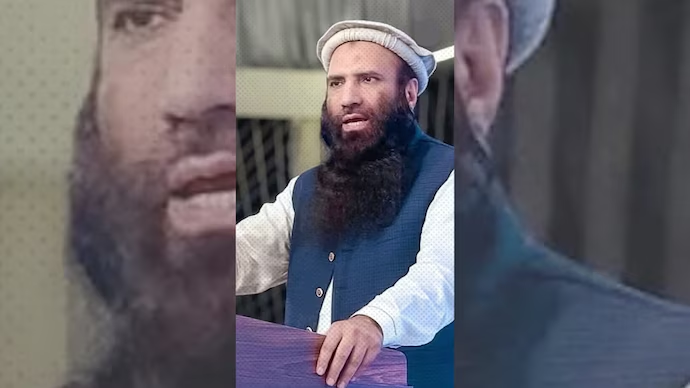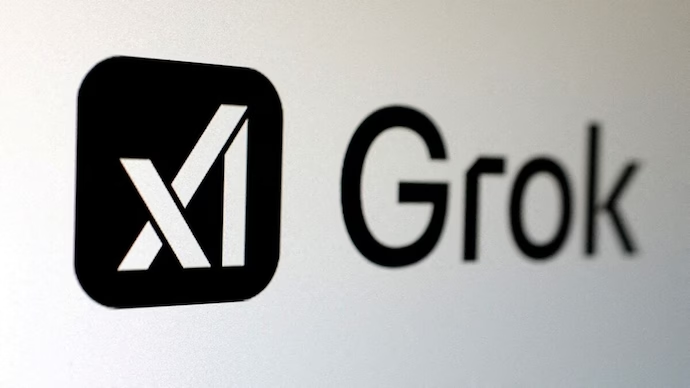In Uttar Pradesh, a state of considerable political importance, caste dynamics frequently have a significant impact. Recent revelations about the caste-based distribution of candidates for the Lok Sabha elections in the state highlight a notable shift in traditional power structures.
The Samajwadi Party (SP)-led INDIA alliance is at the forefront of this shift, strategically fielding a larger number of candidates from backward castes and Dalit communities compared to the incumbent Bharatiya Janata Party (BJP). This move is not just tactical but also a bold challenge to the BJP’s dominance among marginalized Hindu communities. The importance of caste arithmetic in Uttar Pradesh, where OBCs and Dalits make up a large part of the population, cannot be overlooked.

By prioritizing these communities in their candidate selection, opposition parties aim to break the BJP’s unchallenged dominance and appeal to the crucial backward class vote. However, the strategic calculations behind this move are complex. While the Samajwadi Party (SP) seeks to counter the BJP’s narrative of favoring only certain caste groups, it falls short in adequately representing Muslims, who form a significant demographic in the state. The discrepancy between the SP’s slogan of ‘Pichda, Dalit, Alpsankhyak’ and its actual candidate selection raises questions about the party’s commitment to inclusive representation.
Nonetheless, the SP’s decision to increase the representation of non-Yadav OBCs and Dalits signifies a significant departure from its traditional focus on Yadav-centric politics. By diversifying its candidate pool, the party aims to expand its appeal beyond its traditional base and challenge the BJP’s narrative of catering exclusively to dominant Hindu communities. On the other hand, the BJP’s caste breakdown reveals a nuanced approach aimed at consolidating support from various caste groups.
While the party nominates candidates from dominant Hindu communities like Brahmins and Thakurs, it also strategically includes representatives from other backward castes to maintain its broad-based appeal. However, the BJP’s failure to field a single Muslim candidate is telling, and such exclusion continues to alienate minority communities. Despite its claims of representing OBCs and Dalits, the party’s candidate selection reflects a disproportionate focus on dominant caste groups, further exacerbating existing caste-based inequalities.
As Uttar Pradesh prepares for another electoral contest, the caste dynamics at play indicate a potential paradigm shift in the state’s political landscape. The emphasis on inclusive representation by the SP-led INDIA bloc challenges the BJP’s narrative of exclusivity, offering a ray of hope for marginalized communities seeking greater political agency.
Ultimately, the election outcome will depend on multiple factors, including issues of Hindutva, Hindu polarization, resource allocation, and developmental initiatives of the incumbent state government. However, by prioritizing the representation of OBCs and Dalits, the opposition parties have taken a step towards fostering a more inclusive and equitable political environment in Uttar Pradesh.










